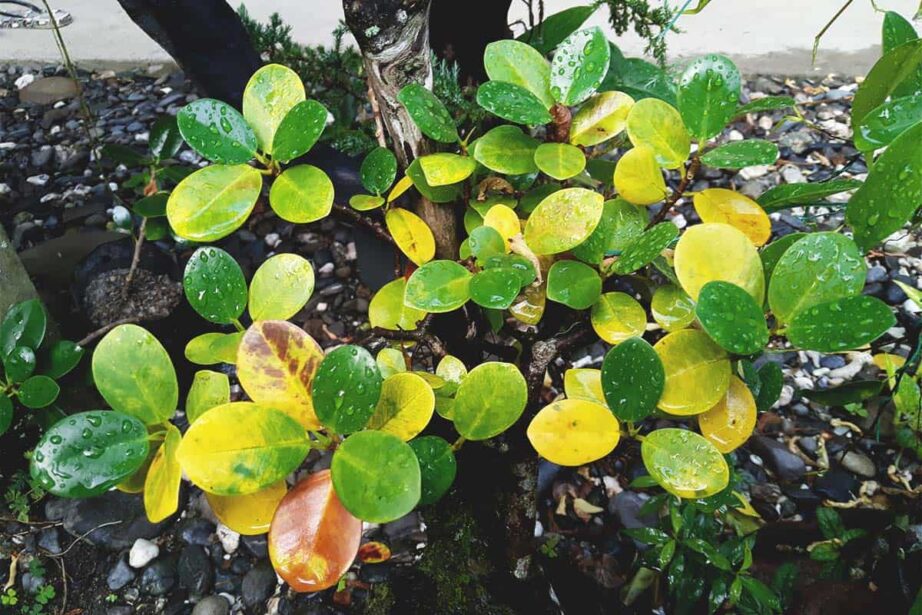Those dreaded yellow leaves. Are you in the process of killing another plant? Do you claim to have a black thumb? Don’t despair. If you jump in quickly enough you might be able to save the plant – once you know what caused the problem.
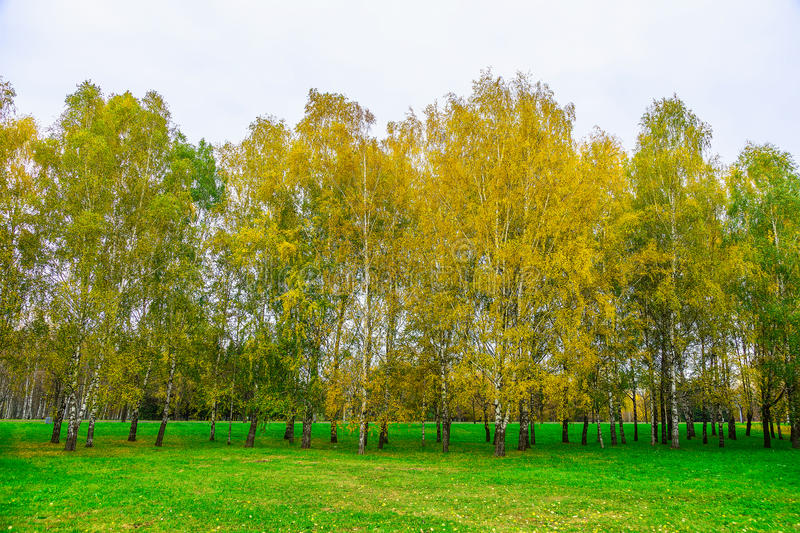
In most cases a plant’s leaves are supposed to be green, with the obvious exceptions, of course. After all, who doesn’t love some beautiful, golden-colored fall foliage? But if you know your plants are supposed to have green leaves and they have suddenly begun to turn yellow, you might find yourself confused about the cause.
Yellowing leaves can be caused by a number of factors, and typically signal that your plant is in some kind of distress. Unfortunately, there are dozens of potential causes of this one problematic symptom, and narrowing it down can be challenging.
However, if you’re trying to diagnose a sick plant, the easiest way is to rule out some of these most common reasons first.
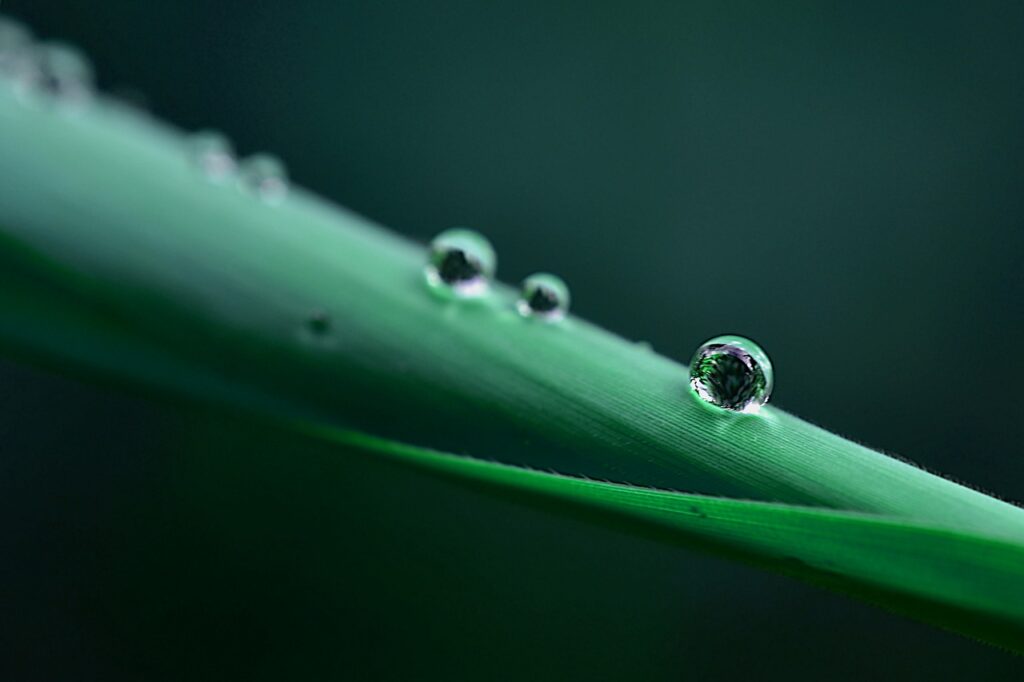
Why Are My Plant Leaves Turning Yellow?
1. Not Enough Water
One of the most common causes of yellowing leaves is moisture stress. If your plant is not getting enough water, its leaves will start to droop so the plant can prevent excess transpiration. This conserves water.
Right before the leaves fall off the plant, they will turn yellow. If your plant is dry – you can stick your finger into the soil to check it – try to get it on a regular watering schedule.
Other signs that your plant is not getting enough water are leaves that are curling inward, drooping down, or becoming “crunchy”-looking.
2. Too Much Water
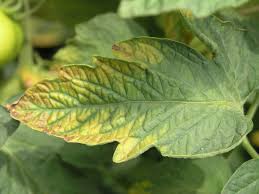
On the flip side, a plant that is receiving too much water can also face the threat of yellowing leaves. When soil does not drain well, it becomes heavy and waterlogged. The roots will essentially drown as they are deprived of oxygen. The leaves of the plant will yellow as a result.
To tell if your plant is overwatered, check the soil at an inch below the surface. If it feels damp there, it’s probably too wet. Check the plant for signs of root rot, which is usually signaled by a mildew-like smell.
If you think your plant might be overwatered, you will want to adjust your watering schedule and consider transferring the plant to a container that has better drainage in the meantime.
3. Transplant Shock
In many cases, a plant has yellowing leaves just because it is still getting settled into its new home. If you’ve just transplanted a plant or even just bought a new house plant home, you might find that the leaves turn yellow and stay that way for a while.
While it’s a good idea to keep an eye on these leaves, don’t panic right away. Give the plant some time to get adjusted before you do anything else.
Another common issue related to yellowing is root-binding. If the roots of the plant don’t have room to grow, they might become overcrowded and the leaves of the plant will yellow as a result. A plant that needs to be transplanted outdoors should be moved out and fertilized as soon as possible. If it’s a houseplant, repot it into a bigger container.
4. Chemicals or Minerals in the Water
If you are watering your plant with tap water, you might want to check to see if your water is actually safe for your plants to drink.
Light is another factor, like water, that is incredibly difficult to manage. Plants that don’t get enough light will turn yellow on their lower leaves.
10 Common Reasons Your Plant Leaves are Turning Yellow – and What to Do
By Rebekah PiercePrint
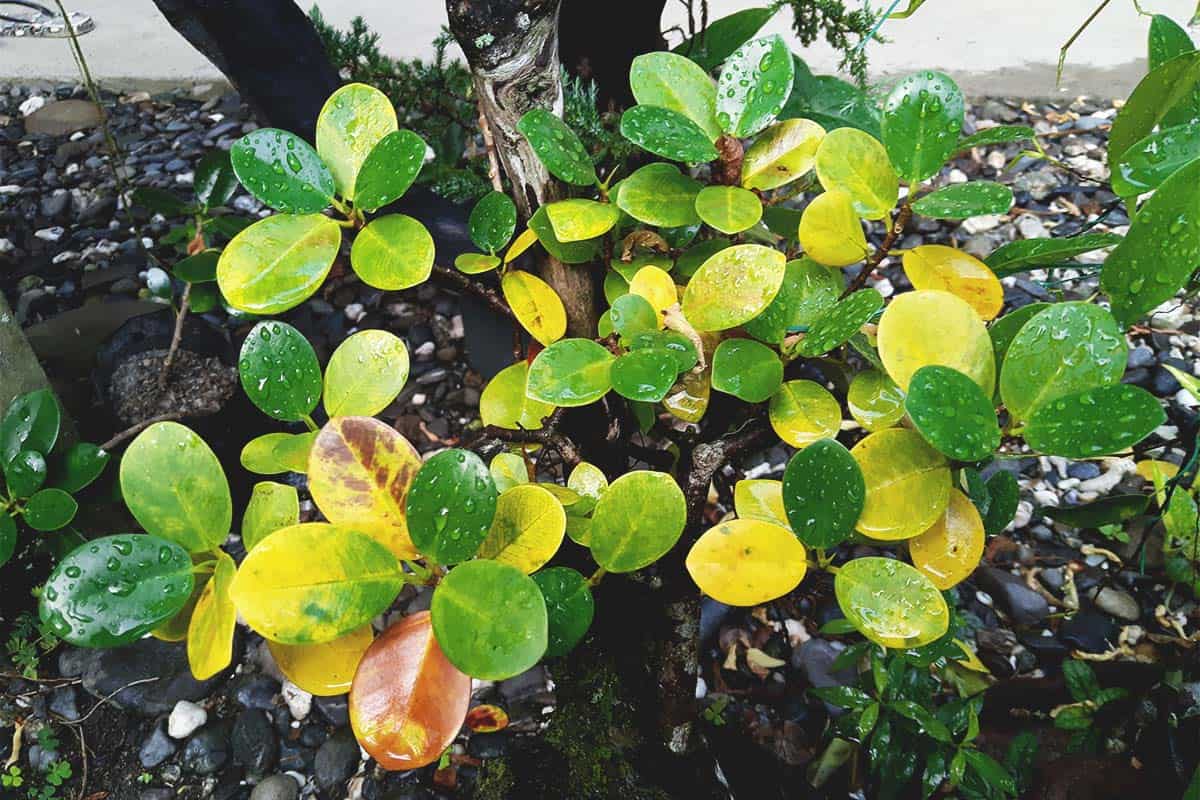
Those dreaded yellow leaves. Are you in the process of killing another plant? Do you claim to have a black thumb? Don’t despair. If you jump in quickly enough you might be able to save the plant – once you know what caused the problem.
In most cases a plant’s leaves are supposed to be green, with the obvious exceptions, of course. After all, who doesn’t love some beautiful, golden-colored fall foliage? But if you know your plants are supposed to have green leaves and they have suddenly begun to turn yellow, you might find yourself confused about the cause.
Yellowing leaves can be caused by a number of factors, and typically signal that your plant is in some kind of distress. Unfortunately, there are dozens of potential causes of this one problematic symptom, and narrowing it down can be challenging.
However, if you’re trying to diagnose a sick plant, the easiest way is to rule out some of these most common reasons first.
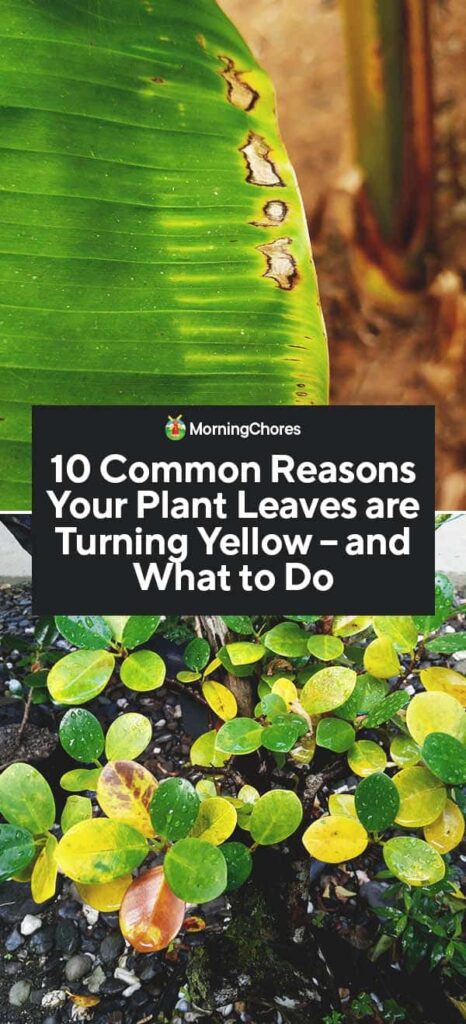
Why Are My Plant Leaves Turning Yellow?
1. Not Enough Water
One of the most common causes of yellowing leaves is moisture stress. If your plant is not getting enough water, its leaves will start to droop so the plant can prevent excess transpiration. This conserves water.
Right before the leaves fall off the plant, they will turn yellow. If your plant is dry – you can stick your finger into the soil to check it – try to get it on a regular watering schedule.
Other signs that your plant is not getting enough water are leaves that are curling inward, drooping down, or becoming “crunchy”-looking.
2. Too Much Water

On the flip side, a plant that is receiving too much water can also face the threat of yellowing leaves. When soil does not drain well, it becomes heavy and waterlogged. The roots will essentially drown as they are deprived of oxygen. The leaves of the plant will yellow as a result.
To tell if your plant is overwatered, check the soil at an inch below the surface. If it feels damp there, it’s probably too wet. Check the plant for signs of root rot, which is usually signaled by a mildew-like smell.
If you think your plant might be overwatered, you will want to adjust your watering schedule and consider transferring the plant to a container that has better drainage in the meantime.
3. Transplant Shock
In many cases, a plant has yellowing leaves just because it is still getting settled into its new home. If you’ve just transplanted a plant or even just bought a new house plant home, you might find that the leaves turn yellow and stay that way for a while.
While it’s a good idea to keep an eye on these leaves, don’t panic right away. Give the plant some time to get adjusted before you do anything else.
Another common issue related to yellowing is root-binding. If the roots of the plant don’t have room to grow, they might become overcrowded and the leaves of the plant will yellow as a result. A plant that needs to be transplanted outdoors should be moved out and fertilized as soon as possible. If it’s a houseplant, repot it into a bigger container.
4. Chemicals or Minerals in the Water
If you are watering your plant with tap water, you might want to check to see if your water is actually safe for your plants to drink.
Sometimes, plants will have a sensitivity to the minerals and chemicals found in tap water, such as chlorine and fluoride. There are also trace salts found in water that can harm sensitive plants.
If you think this might be causing your plant’s yellowing leaves, simply fill the watering can up the night before you intend to water. Let it sit out on the counter, which will give the minerals time to evaporate. You can also water with distilled water or even collected rainwater.
5. Too Much or Too Little Light
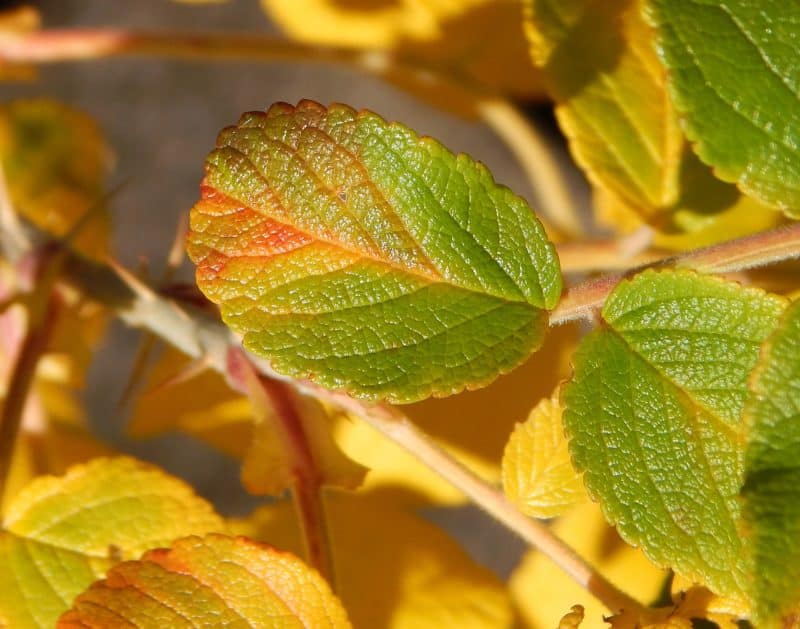
Light is another factor, like water, that is incredibly difficult to manage. Plants that don’t get enough light will turn yellow on their lower leaves.
Plants that are getting too much light will appear somewhat scorched. Make sure you look up the exact lighting requirements of your plants – you might be surprised to learn that not all plants love being placed in direct sunlight for the entire day.
If you want to know whether light is the issue at play here, just closely examine the leaves. If a plant is suffering from a lack of light, it will yellow on the side pointed away from the light source. This is usually because the leaves closest to the light are blocking it.
Move the plant to a sunnier location (if it’s being grown indoors and this is possible) and see how it responds. You can also try putting up an artificial light.
6. Nutrient Deficiency
Nutrient deficiencies are also common culprits when it comes to yellowing leaves. Usually, that nutrient is nitrogen. If this is the issue, you will likely notice the top leaves turning yellow first, you might notice that the leaves develop an odd pattern in addition to the yellowing – they might develop dark veins, for instance, or the tissue between them might turn yellow.
If the yellow. If the yellowing issue is occurring on old leaves on your plant, while the new leaves are still relatively green, it is likely a sign of nitrogen deficiency. You will want to supplement with a nitrogen-based fertilizer. If that’s not the case, you’ll want to figure out what nutrients your plant is deficient in.
Nutrient requirements in a plant vary widely depending on the species – some are more selective than others. You might want to test your soil to see what it is lacking or has in excess.
Other common nutrient deficiencies include calcium and boron, so make sure your fertilizer has both of these if you suspect that is the problem.
You don’t always have to turn to synthetic fertilizers, either. Adding something as simple as Epsom salts to the soil around your plant can boost its magnesium content, as a lack of magnesium can lead to yellowing leaves, too.
7. Leaf Spot Disease
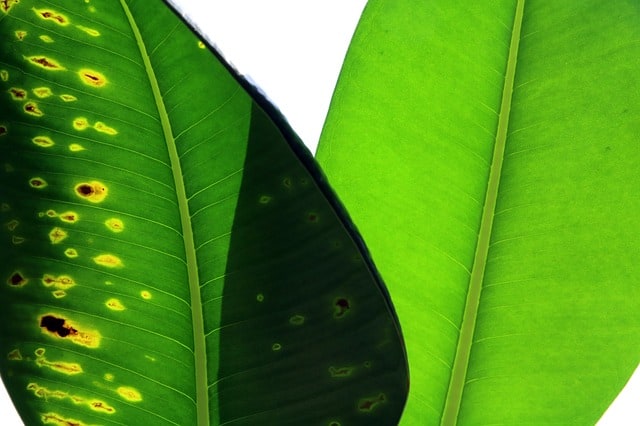
Leaf spot diseases are caused by either bacteria or fungus, both of which feed voraciously on the leaves of your plant. This disease causes the plant to turn yellow, but it’s usually a telltale yellowing. You shouldn’t have any doubt in your mind that it’s leaf spot disease and not anything else.
When your plants have a leaf spot problem, they will have tiny brown spots trimmed in yellow instead of an overall yellowing or a fading of their colors. You should prune the leaves and isolate the plant from the other greenery you have growing nearby, if possible.
Then, add a tablespoon of baking soda and a teaspoon of mineral oil into a spray bottle of water. Mist the leaves that are infected with the spots, and it should get rid of the bacteria. You may have to do this a few times to see results.
8. Fungus Gnats
If you notice that the soil surrounding your plant is especially wet – or if the base of the plant stem has turned black – fungus gnats could be to blame. These usually are a good sign that your plant is overwatered. The lower leaves typically drop down first, but you might find that the whole plant is affected.
Ease up on the watering to get rid of the gnats. You can also re-pot the plant to help reduce its susceptibility (if it’s being grown indoors).
There are other pests that occasionally target plants, too, but fungus gnats are the most common. You can usually see other types of pests, like spider mites or mealybugs, and you’ll typically notice signs of infestation besides yellow leaves.
For example, small holes throughout the leaves indicate that something is eating them – usually, that’s a sign of spider mites. If you see a fluffy substance that looks a bit like white wax on the plants, you’re dealing with mealybugs.
You might need to prune the infested leaves and remove the bugs by hand from the plant. You can also use natural insecticidal sprays and neem oil to get rid of the pests, too.
9. Temperature Issues
If you’re growing plants indoors, a cool draft can be the kiss of death. It will often cause the leaves to yellow and drop. Outdoor-grown plants won’t react to cold temperatures in the same way, as they usually will experience outright browning on their foliage due to more intense cold.
Yellowing leaves are usually related to temperatures that are too cold, but occasionally, temperatures that are too hot can cause your plant to become dry and yellowed-looking, too. Keep an eye on the temperature, and if it seems like your plant is getting dried out, consider misting it to boost the humidity.
Remember that temperature and moisture are closely related. Often, growing a plant in a location that is too cool or drafty can cause it to become waterlogged, too, as the plant won’t uptake water as efficiently. Therefore, by solving one of these issues, you may be able to take care of both at the same time
10. Yellowing Leaves in Aging Plants is Normal
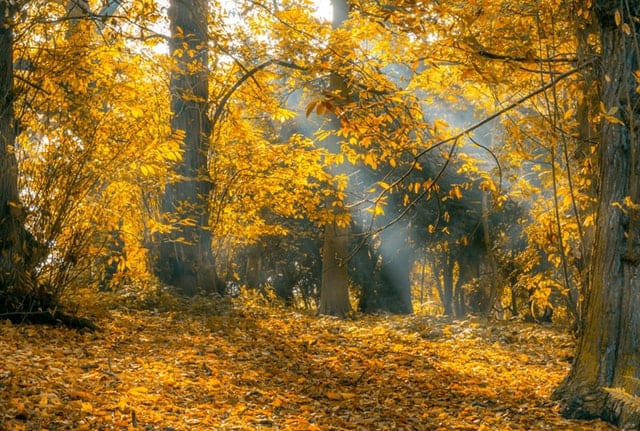
As some plants age, their leaves will turn yellow and fall off. Unfortunately, this is just a natural part of their growth and there’s not much you can do.
Plants that are grown for their foliage, like Dracaena, are particularly prone to this ailment. In some cases, you may be able to just trim back the main stem, which will promote new growth, or trim off the dying yellow leaves to make room for fresh new growth.
Will the Yellowing Leaves Become Green Again?
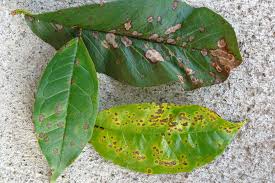
In most cases, your yellow leaves aren’t going to bounce back and become green again – that’s the bad news. The good news is that you can easily stop the spread of the yellowing to the plant’s other leaves. A few yellow leaves here and there does not have to be the kiss of death for your plants.
If you notice a few leaves have become yellow, first, pinpoint the problem and address it accordingly. Then prune off the yellow leaves to give your plant a fresh start. You’ll be enjoying luscious green growth in no time!


